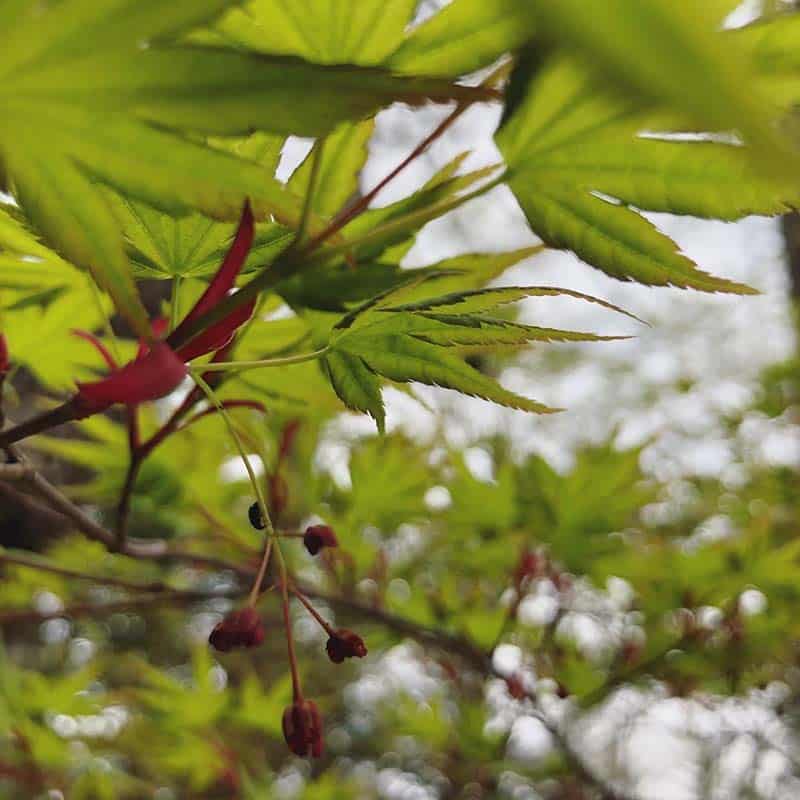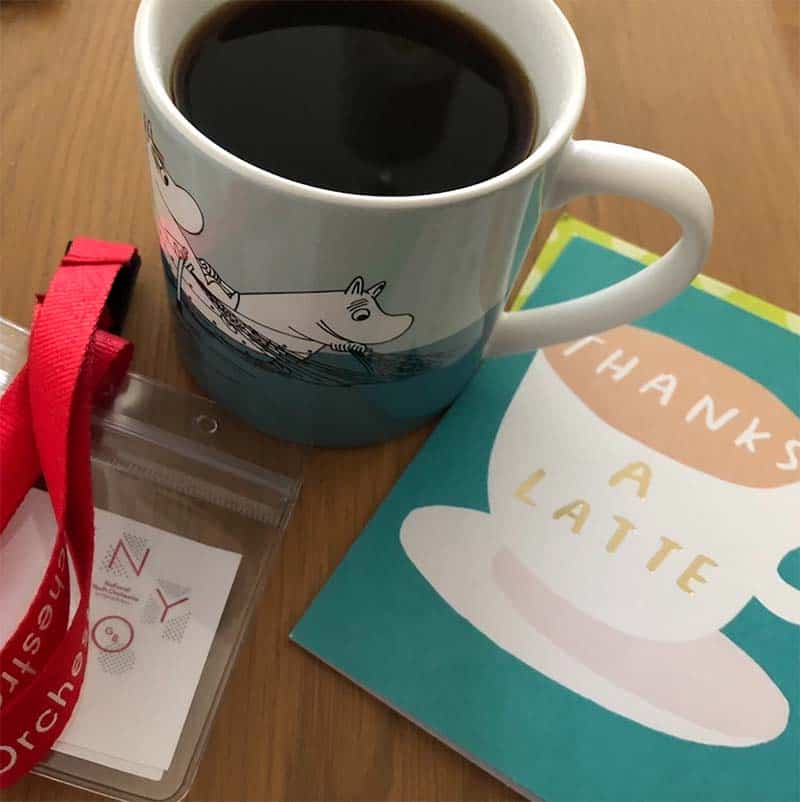
Greetings from sunny Nagano, where it has been lovely to have a week of relaxation and peace with family! This is a mountainous region with lots of beauty spots and unusual plants. A fun fact: momiji trees bloom around this time, with tiny red flowers sprouting underneath the green leaves. They are so subtle it’s easy to overlook them.

My March highlight was being able to play in Benjamin Britten’s Peter Grimes at the Royal Opera House – an incredible opera, and this production and cast were outstanding. An added bonus was that in Act 3 the clarinets get a chance to go to the side of the stage and become an offstage band! It’s fascinating being able to see what goes on behind the scenes, especially during stage changes…
In April I could spend a few days coaching the clarinets of the National Youth Orchestra, as they tackled a mammoth programme including Stravinsky’s Rite of Spring. It’s a humbling experience to hear the section progress each day, taking on board all the feedback and gaining confidence with each rehearsal. During the final clarinet sectional I gave some key points to keep in mind going forwards:
1 – Pace yourself. On any music course it’s easy to get carried away and play for hours and hours each day, building tension in our body and pushing through aches and pains. The NYO have a daily routine including physical warm ups and warm downs, but additionally it’s important to keep listening to our bodies and making sure we get enough rest and recover, before any pain creeps in.
2 – AIR! Often when things seem to be going wrong, making sure there’s plenty of air going through the clarinet fixes it. Crossing the break, fast passages, reed malfunctions: start by making sure there’s a healthy air flow.
3 – Support: we always talk about supporting the air, but I also feel that the support we give to each other in the section is so important. Rather than being seven clarinettists, we work together to become a united team clarinet that look out for each other.
4 – Confidence. This is something I need to keep reminding myself of too! Often I start the week by encouraging the clarinets to play out more, but usually it happens naturally as they become familiar with the piece and the acoustics. Playing with confidence is the key to projecting your intentions!
5 – Listen to the overall blend. In the first rehearsal, when everyone is unfamiliar with the tutti sound, it’s easy to be too focused on your own notes and not be aware of the woodwind blend, or clarinet blend. During the following rehearsals this awareness and adjusting naturally takes place, and then the danger is the last day or two of tutti rehearsals. Sometimes getting too familiar means we switch off those keen ears, so that’s when we need to wake them up.
6 – Stay alert (especially in tuttis), slightly linked! Sometimes in tutti rehearsal the conductor can spend time working on a part which clarinets are not involved in. If you switch off too much in this moment, you might lose a comment that’s meant for everyone, or realise that what’s being worked on is applicable to your own part later on. By staying alert and listening to what’s being worked on you’ll end up learning something which will help you later on more often than not…
7 – Last but not least, ENJOY! Music courses are intense and hard work, but the result is truly rewarding. I really hope that every participant feels inspired and joyous making music together with likeminded people! As a tutor, sitting in the tutti rehearsals is a treat and being surrounded by young talented musicians full of enthusiasm is revitalising.

